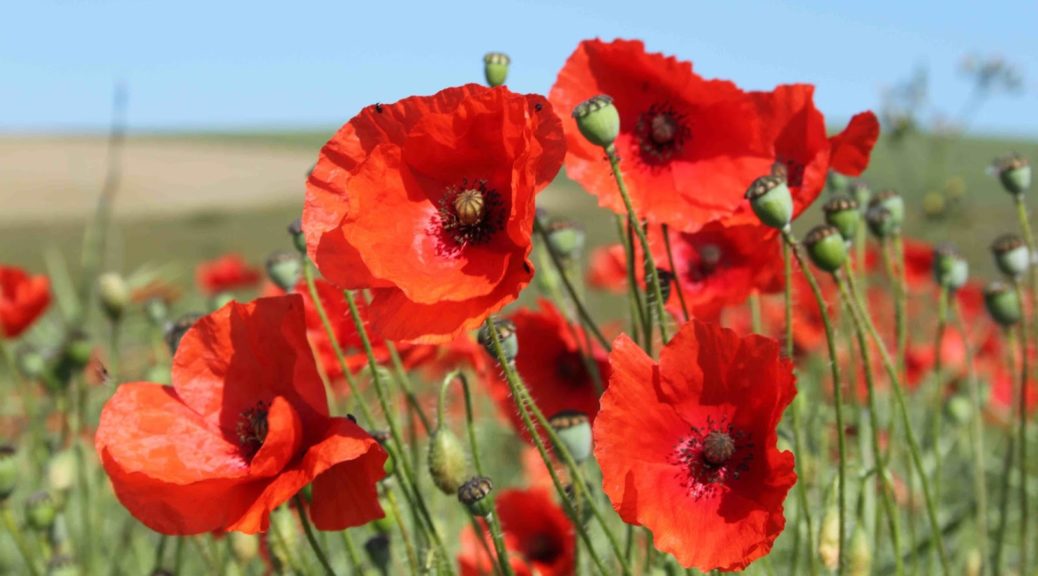After a low-gradient climb on quiet roads, through a lovely avenue, already seeing views of the firth of Clyde, up above a reservoir, you survey Arran and later, many other islands. Walking in this direction you minimise views of wind turbines as you walk a fairly level (mainly Landrover) track to Fairlie via a fishing loch, deciduous and coniferous woodland, and a fairy glen & castle. You return by train to West Kilbride.
Starting Point:
Start at OS Reference NS 208 454 which is the car park at West Kilbride railway station.
West Kilbride, Scotland, United Kingdom
Getting there: 31 miles/55 minutes
Take your favourite route out of Glasgow to join the M8 towards Greenock. Exit the M8 at Junction 28A onto the A737 (Irvine) and continue to Dalry. In Dalry turn right onto B780 (Kilbirnie/W Kilbride/Ardrossan) and continue (it becomes B781) into West Kilbride (Cubrieshaw Street). Pass the junction* mentioned below and after 500m turn left into the station parking area. Parking is free. Toilets are in Glen Road; a 5 minute walk.Turn right just past the station parking area into Brigend and at the junction with the church go left (alternative parking on left). Continue along Main Street and take second left into Glen Road. Returning by car is a circuitous 1 mile circuit around the one-way system!
The Walk: West Kilbride to Fairlie – 6.0 miles (Note: stout footwear recommended)
Turn right out of the station car park into Cubrieshaw Street bearing right onto B781. As the road swings right leave the B781 by going straight on at the junction* displaying rusting horticultural equipment. Continue on this country road for 250m (passing under power lines) and turn right (signed Crosbie Towers) just past the warning sign for horses. Follow this road (The Avenue) over the railway bridge and under more power lines. Continue via an avenue of trees to Crosbie Mains Farm to the walk’s first gate (#1). Follow the LRT upwards and at a fork in the path (at an old red Water Board building) bear right through a green gate (#2) and continue up above the reservoir. Ignore the locked gate (#3) and follow a stone wall to find another gate (#4). Go through the gate (#4), and keeping the stone wall in sight down on the left, follow the LRT (which gets progressively rougher) as it contours around Glentane Hill. The next gate (#5) leads to a grassy meadow which is easy walking. Head down on the left to the far end of this large field and at a wall there is a gate (#6). Continue through it and into a short fenced passageway then pass through a wire fence. Head for the left-hand-side of the fishing loch (Glenburn Reservoir) between two trees. The path can be seen ahead but not yet the route to it. Take the path (on duckboards) round the fishing loch to the right and after crossing a bridge turn right off it, through another gate (#7) by a hut, into a car park. Take the wide track down to the large gate (#8) at the road. Turn left onto the road and follow it down past a small car park (on the left). Go over a cattle grid and look out for a wide track on the right just before some trees. Go through the gate (#9) onto the LRT which briefly climbs and then levels out. Glenside Wood is on the left. Continue to the next gate (#10).
OPTION: By Glenside Wood take a grassy path on the right over Black Hill (an ascent of 60m). Kaimhill Quarry, to the east, used to supply millstones. When the track runs out at the top of the hill, cross over some moss-covered stones, and with the stream to the right, go downhill and swing west to pick up the track to gate (#10).
Go through gate (#10) and then proceed to gate (#11) in the same fence. Once through the latter gate go down the side of the forest and look for a kissing gate (#12) on the right (through a wall) which leads into the forest. Follow this path looking for a gate (#13) on the left that leads into another field. Follow the grassy single track round and up to the right to a gap in the forest. Cross the shallow Southannan Burn using stepping stones and exit this tiny piece of forest through another gate (#14). Once out of the forest look for an inconspicuous path on the left (heading downhill) which becomes well defined. Head down to the gate (#15) and into another field. Keep near the trees and look out for a kissing gate (#16) which leads to a bridge over a stream. Follow the path from the bridge downhill, passing Fairlie Castle on the left, and as the track enters the housing estate it becomes a road (Castlepark Drive). Turn left into Burnfoot Road and then immediately left again over a small bridge that leads to Fairlie Station.








